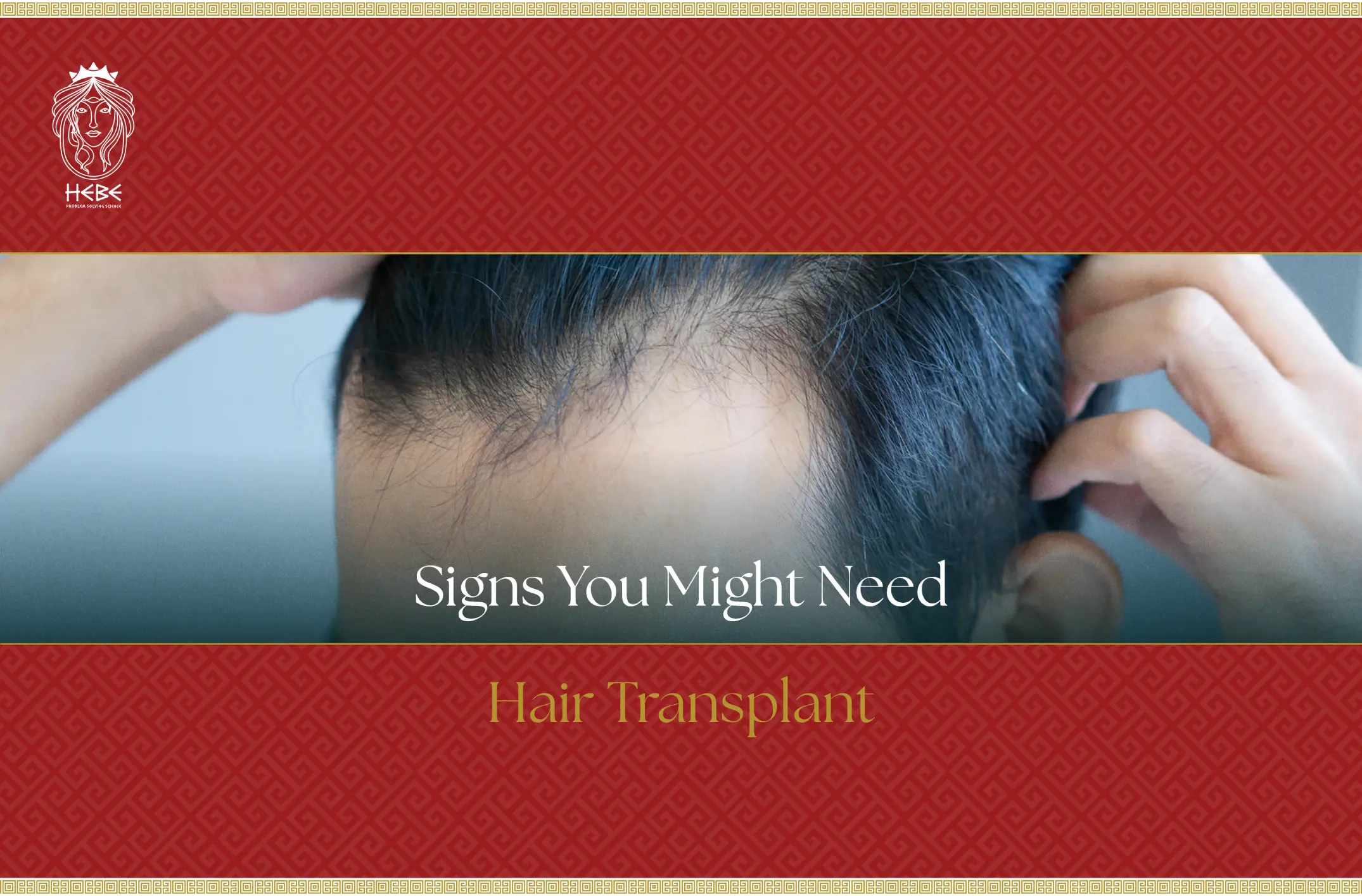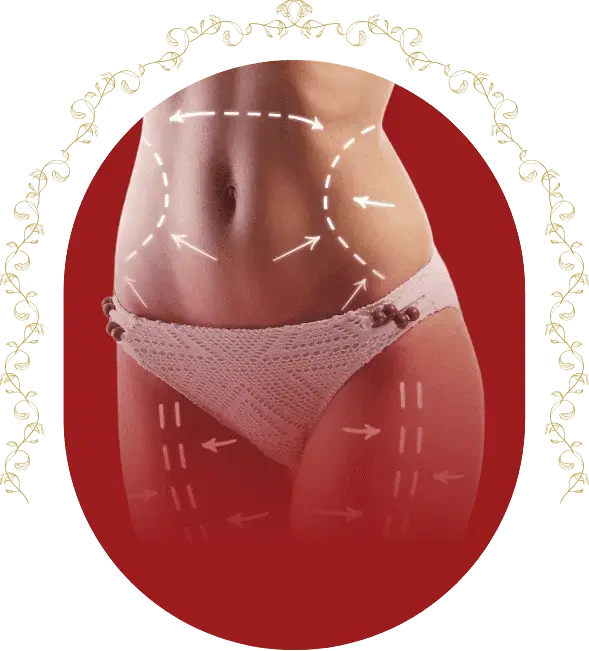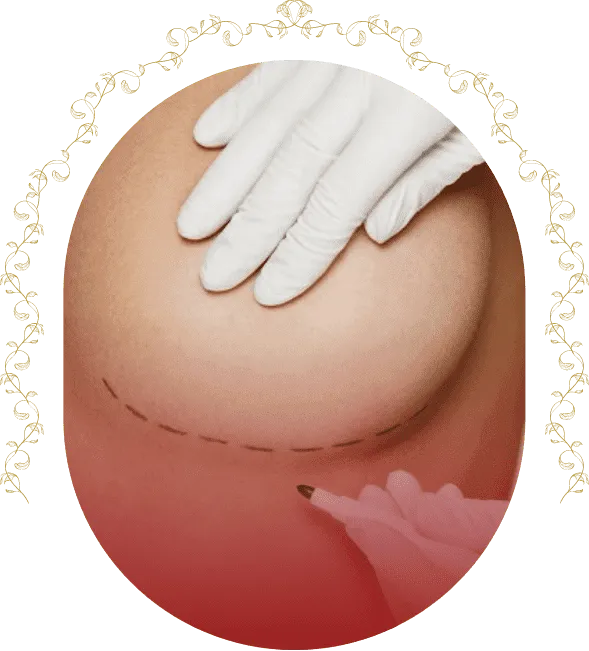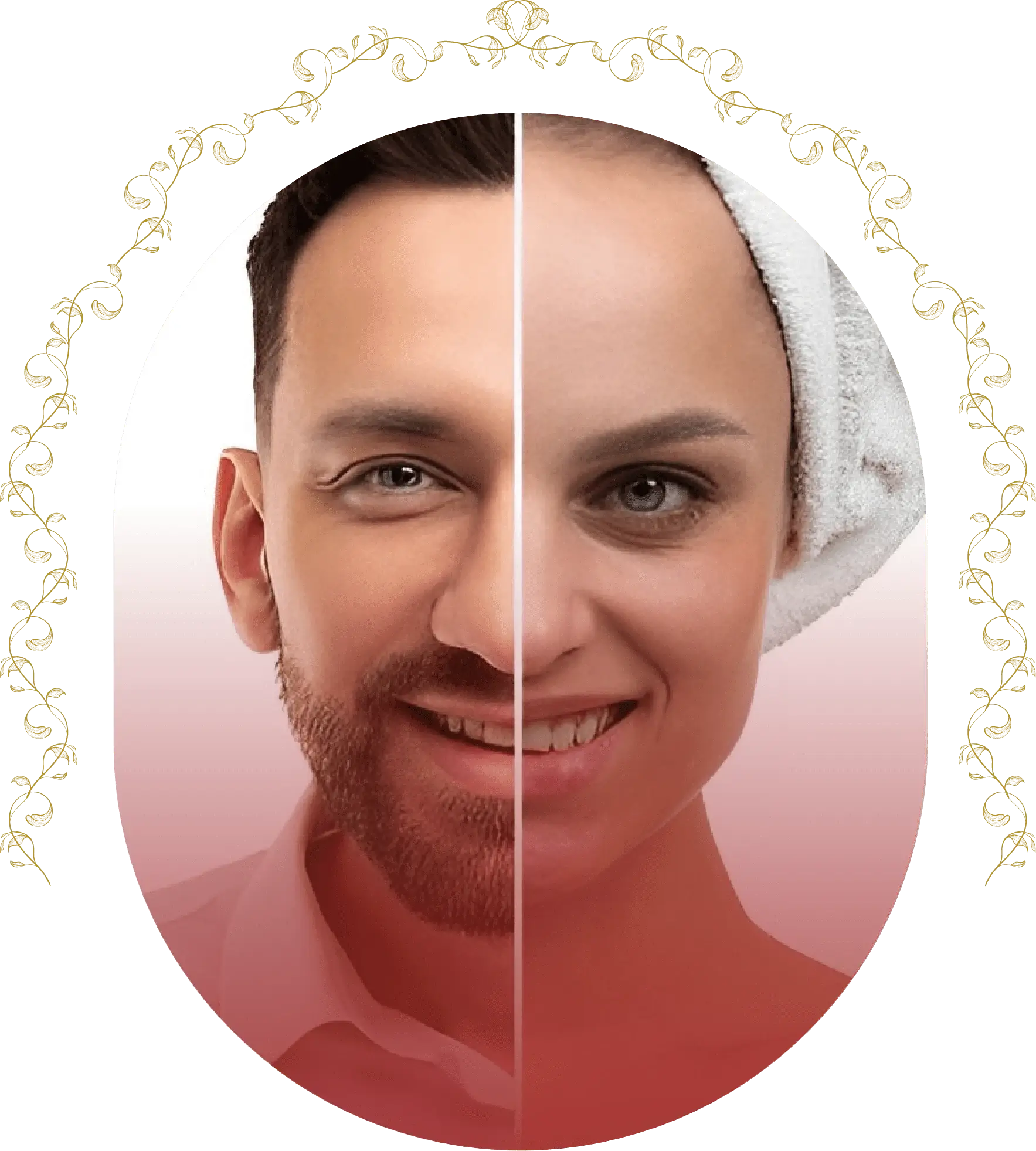Hera & Hebe
Signs You Might Need a Hair Transplant

Hair play a very important role when it comes to enhancing the appeal of an individual in physical terms. Smooth and silky tresses can highlight your facial structure and boost self-confidence to a whole new level.
Partial baldness or thinning hair are nobody’s ideas of perfect hair, but that’s natural and bound to happen due to a lot of things, such as:
- Diet
- Genetics
- Stress
- Medical condition
- Medicinal side-effects
- Hormonal imbalance
But, all is not lost. Rapid technological advancements in the field of dermatology have made it possible to restore your lost hair with natural regrowth. This process is known as hair transplant.
What is a Hair Transplant?
Hair transplant is a cosmetic surgery process that’s elevated the whole game in the hair restoration industry. It’s a procedure through which a dermatological or plastic surgeon moves head hair to the bald regions in the head. The usual cases involve the surgeon moving hair from the back side to the front of the head where there are less hair or no hair.
Hair transplant usually happen in a medical office after the administration of local anaesthesia.
Different Hair Transplant Procedures
There are different types of hair transplant surgery. Have a look:
1. Scalp Reduction
Under this hair transplant procedure, the surgeon removes a little portion of the bald skin from the scalp. The nearby skin with hair is then loosened up, which is pulled over the bald region of the head. For bald areas on the top and back of the head, scalp reduction is the ideal surgical process.
2. Grafting
Grafting is the most widely accepted and common kind of hair transplant. A surgeon begins by cutting very small pieces of the scalp with healthy hair, say 10 to 15 strands of hair. They then provide appropriate medicine to numb the scalp. Depending upon the volume of hair to be moved, the number of procedures may differ, and a gap is required between procedures.
3.Tissue Expansion
Tissue expansion is a hair transplant procedure suggested when the baldness is due to burns on the side of the head. This surgery entails the requirement of anasthesia and has several steps to complete the process. The surgeon inserts a hair implant known as a tissue expander under the scalp, which is left there. This balloon is then gradually inflated to fill the bald area by stretching the skin.
4.Flap Surgery
Flap surgery takes place over the course of a few weeks. In this process, the surgeon makes three cuts around the head of the donor. The fourth side is left attached, keeping the original blood supply intact. The skin can then be lifted to cover the bald areas, and it needs general anesthesia.
Who Benefits from a Hair Transplant?
Hair transplant results can be a big confidence booster, not to mention the improved overall appearance that is brought to the table. The people who can really benefit from a hair transplant procedure can be:
- Women with hair thinning
- Anyone who lost hair due to an injury or burn
- Males with pattern baldness
While a lot of people benefit from a hair transplant procedure, there are a few cases where it won’t be such a promising option. They’re given below:
- People without enough number of donor sites from where the hair can be transplanted or removed
- Women with a lot of hair loss throughout the entire scalp
- People with hair loss due to another medical procedure, such as chemotherapy
- People who tend to get keloid scars after a surgery or injury
Before and After a Hair Transplant
Is hair transplant permanent?
Yes!
After getting a hair transplant, the hair in the scalp regions with a transplant continue to grow and it’s the most expected of hair transplant results. However, the frequency of growth will depend on a number of factors such as:
- Follicles density in the transplanted areas
- Hair quality
- The looseness or tightness of the scalp
- Hair curl
If you avoid taking proper medication or don’t go for a low laser therapy, you may still continue to experience hair loss in the untreated regions in your scalp.
Challenges with Hair Transplant
While hair transplant is a very rewarding procedure for most of the people, there are a few potential hair transplant side effects, that one might experience after the surgery is completed. They can include:
- Itching
- Sense of feeling loss
- Pain in the head with throbbing
- Swelling
- Tightness in the head
FAQs about Hair Transplants
A hair transplant procedure usually involves multiple sessions at varying time intervals. A lot of patients get their desired look with a minimum number of sessions. You can expect each duration to last for about 2 to 3 hours.
Like all surgical procedures, there’s always some risk associated, even with a hair transplant. However, you can put in some effort in avoiding them by avoiding the use of aspirin or other specific drugs before you go into surgery
For people who can afford the considerably high costs of the procedure, a hair transplant is surely a great option to go ahead with. The risks associated with this surgery are also pretty low, and the pros outweigh the cons by quite a distance.
The best thing about a hair transplant procedure is that it’s not painful. That’s because your scalp with be made numb via a local anasthesia, so it’s not going to be a painful one at all.
Conclusion
If hair loss or thinning is what you’re experiencing, the treatment options are there for sure. However, it’s important to note that a single treatment may or may not work, and the costs can really go up quickly.
Cosmetic surgery experts at Hera and Hebe are the best professionals to help you decide the best surgical procedure for your hair issues. Connect with them by clicking here.
Related Blogs
Non-Surgical Rhinoplasty vs. Surgical Rhinoplasty
May 05, 2024
Celebrities Who Have Had Rhinoplasty
May 05, 2024
What Happens During Surgery for Gender Reassignment?
May 05, 2024

















